1. Cop Rock (1990)
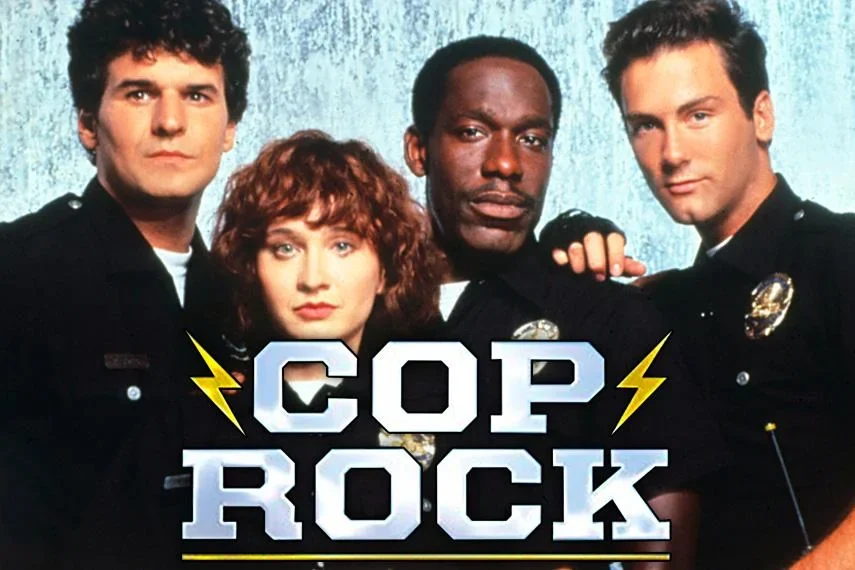
Television has never been shy about pushing boundaries and sometimes the results have been more absurd than brilliant. One of the boldest attempts came with Cop Rock in 1990. It was pitched as a gritty police drama but each episode broke into full-blown Broadway-style musical numbers. Imagine officers chasing criminals one moment and singing about it the next. Audiences were puzzled and critics called it confusing. ABC canceled it after just 11 episodes. Still, it became unforgettable for its sheer weirdness, proving that even big risks can leave a lasting memory whether they work or not.
2. Geraldo’s Al Capone’s Vault (1986)
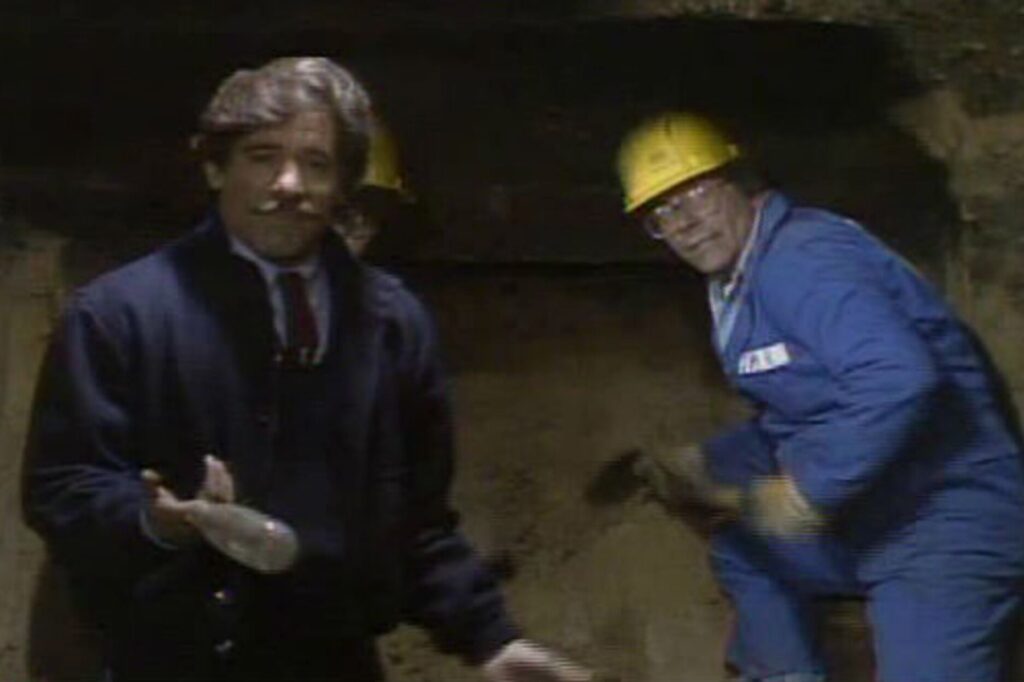
When it comes to television hype, few events matched Geraldo Rivera’s special opening of Al Capone’s secret vault in 1986. For weeks, audiences were teased with promises of hidden treasure or shocking secrets. On the night of the live two-hour special, millions tuned in only to watch Rivera reveal an empty, dusty space. The disappointment was instant, but it made for one of the most talked about television moments. The empty vault became a cultural joke and Rivera leaned into it, keeping his name in headlines and proving how curiosity alone can drive massive viewership.
3. Viva Laughlin (2007)

CBS tried to spice up television with a musical crime drama called Viva Laughlin. The concept was that characters would break into familiar pop songs while handling serious plots about casinos and crime. Hugh Jackman made a guest appearance, which helped promote it, but the execution left audiences embarrassed. Many viewers described it as watching awkward karaoke in the middle of a drama. Reviews were harsh, and ratings quickly fell. The show was canceled after just two episodes. It stands today as an example of how some genres just do not mix well for television storytelling.
4. Manimal (1983)
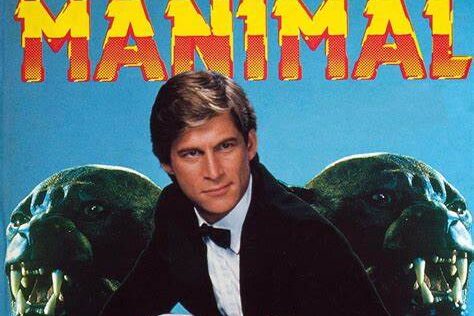
The early 1980s gave us plenty of adventurous shows, but few were as unusual as Manimal. The story centered on Dr. Jonathan Chase, a wealthy professor who secretly had the ability to transform into any animal to fight crime. While the idea sounded thrilling, the effects often looked clumsy and the storylines could not carry the weight of the premise. Viewers tuned out after the novelty wore off and NBC canceled it after only eight episodes. Even so, the strange creativity made it a cult favorite for those who love oddball concepts from television history.
5. Supertrain (1979)
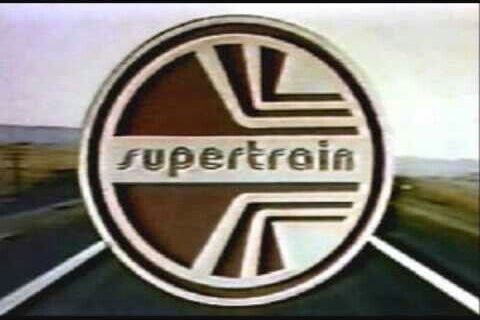
Big budgets do not always make big hits, and Supertrain is proof. NBC spent millions creating an enormous train set with luxury rooms, pools, and disco cars, hoping to make it the next Love Boat. Instead, the stories felt flat and the spectacle could not hide weak scripts. The cost of production was enormous and when ratings collapsed, the show quickly derailed. It ran for only nine episodes before being canceled. Though remembered as one of television’s most expensive failures, it also shows how ambition without strong characters can turn into a costly mistake.
6. Pink Lady and Jeff (1980)
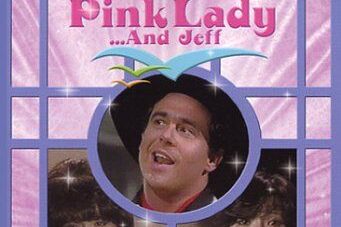
NBC made an unusual decision when it paired the Japanese pop duo Pink Lady with comedian Jeff Altman for an English-language variety show. The main issue was that Pink Lady spoke very little English, leading to awkward interactions and confusing comedy skits. The combination left audiences puzzled rather than entertained. Despite the duo’s success in Japan, the American experiment lasted just five weeks before being pulled from the schedule. It has since been remembered as an example of cultural mismatch on television and one of the oddest ideas ever to reach primetime.
7. Turn-On (1969)
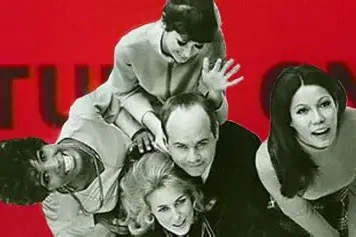
Television history includes many failed experiments, but none crashed as quickly as Turn-On. Designed by the creators of Laugh-In, it used rapid editing, electronic-style music, and risqué jokes to create a brand new sketch format. The show was so jarring that some stations cut it off mid-episode, refusing to air the rest. One affiliate even said they would never broadcast it again. It never aired after that first attempt. Though forgotten by most viewers, it remains a cautionary tale of how audiences sometimes reject innovation if it arrives too abruptly.
8. The Chevy Chase Show (1993)
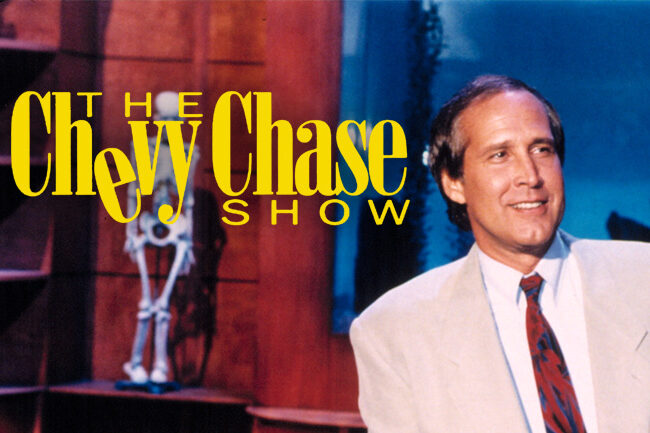
When Fox decided to enter the late-night talk show race, they chose Chevy Chase as their star. On paper it made sense since he was a household name, but the format did not suit him at all. The interviews were awkward, the monologues fell flat, and Chase seemed uncomfortable every night. Viewers quickly tuned out, critics tore it apart, and the show lasted only six weeks before cancellation. Even Chevy himself later admitted it was a disaster. It stands as a reminder that star power alone cannot save a poorly matched format.
9. My Mother the Car (1965)
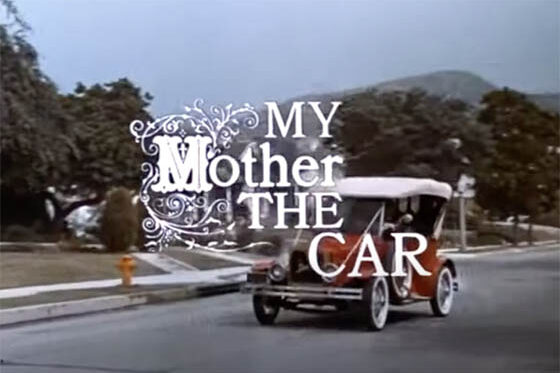
Sitcoms have given us plenty of strange ideas, but few were stranger than My Mother the Car. In this show, a man discovers that his deceased mother has been reincarnated as his talking car. Each week, he would receive advice from the vehicle while navigating everyday life. Critics were merciless and audiences did not connect with the bizarre premise. The show was canceled after just one season. Despite its short run, it has lived on in pop culture as one of the most infamous examples of television ideas that never should have been made.
10. Who Wants to Marry a Multi-Millionaire? (2000)

Reality television in the early 2000s was just beginning to take shape, and Fox pushed the boundaries with a special called Who Wants to Marry a Multi-Millionaire. Fifty women competed to marry a mystery millionaire live on air. The winning contestant said yes on the spot, and the world watched the rushed wedding unfold. Days later, scandal followed when troubling details about the man surfaced and the marriage crumbled almost immediately. Though it pulled in huge ratings, it also set a low bar for reality television by showing how far producers would go for attention.
11. Baywatch Nights (1995–1997)
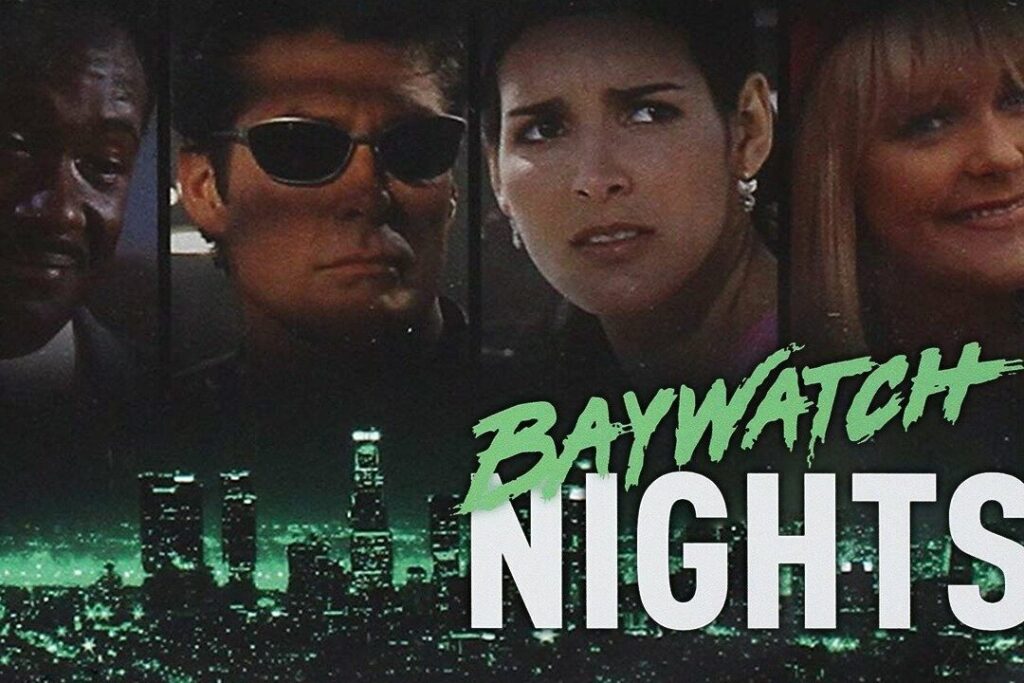
When Baywatch became a global hit, producers tried a spinoff called Baywatch Nights. At first, it followed David Hasselhoff’s character moonlighting as a private detective. When ratings failed to match the original, season two made an even stranger decision. The show shifted into supernatural plots, with lifeguards suddenly fighting monsters, aliens, and ghosts. Viewers were confused and uninterested, and ratings dropped even further. It was canceled after two seasons. Today, it is remembered more for its bizarre shift in tone than anything else, proving that riding a hit’s success does not always guarantee another one.
12. The 100 Lives of Black Jack Savage (1991)
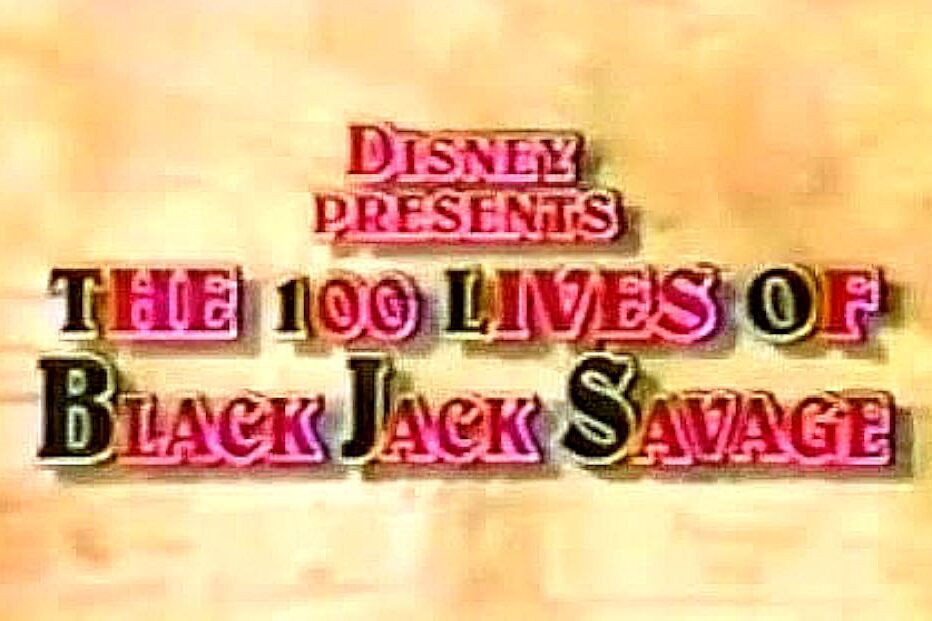
Disney once tried to mix family entertainment with dark humor in The 100 Lives of Black Jack Savage. The series followed a crooked businessman and the ghost of a pirate forced to save one hundred lives together to avoid eternal damnation. The premise was unusual and critics found it hard to balance comedy, fantasy, and morality tales. Despite the pirate ghost being a quirky idea, it did not connect with audiences. It lasted only a single season before disappearing into television history. It remains one of Disney’s strangest live-action projects from the early 1990s.
13. Cavemen (2007)

Advertising sometimes inspires television, but it rarely succeeds. Cavemen was an attempt to turn popular GEICO insurance commercials into a sitcom. The cavemen characters worked in modern society, facing everyday struggles, but the jokes that worked in short commercials failed in a half-hour sitcom. Many viewers found it stretched thin and uncomfortable. ABC hoped the recognizable characters would carry the show, but audiences did not tune in. It ran for only a few episodes before being canceled. Cavemen remains a reminder that not every clever commercial can expand into a successful television series.
14. Cop and a Half (TV Pilot, 1993)
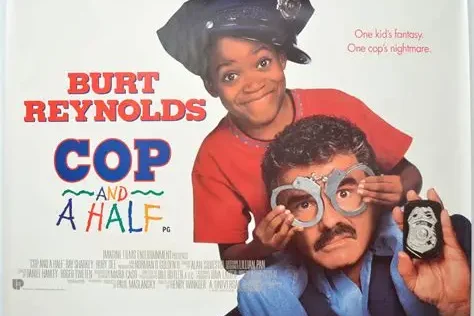
Sometimes television tries to spin off movies into series, and Cop and a Half was one such attempt. The story paired a grizzled police officer with an eight-year-old boy as his unlikely partner. While the premise might have worked as lighthearted comedy in film, the television version felt awkward and out of place. Audiences did not connect with the dynamic, and it failed to gain any traction. The pilot aired but never became a full series. It joined the long list of ideas that proved not every movie concept can be stretched into weekly television.
15. The Flying Nun (1967–1970)

Television has never shied away from whimsical concepts, and The Flying Nun is a classic example. Sally Field starred as Sister Bertrille, a young nun whose headpiece allowed her to catch wind currents and literally fly. Though the premise sounded absurd, the show ran for three seasons and developed a loyal fanbase. Sally Field herself later admitted she disliked the role, yet the show remains part of her early career story. Despite the silliness, The Flying Nun managed to charm enough viewers to last longer than many of its stranger television counterparts.
16. That’s My Mama (1974–1975)
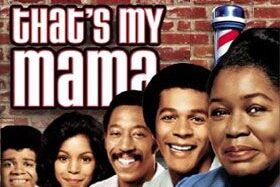
Not every unusual show flopped immediately, and That’s My Mama is one worth mentioning. It centered around a barbershop in Washington, D.C., where Clifton Curtis juggled his life, career, and his outspoken mother’s advice. Though it only ran for two short seasons, the sitcom stood out for its warm family dynamics and catchy theme song. While it never became a huge success, many still remember it fondly for its humor and cultural representation. Its quick cancellation shows how even shows with charm can struggle in the competitive television world of the 1970s.
17. Max Headroom (1985–1986)
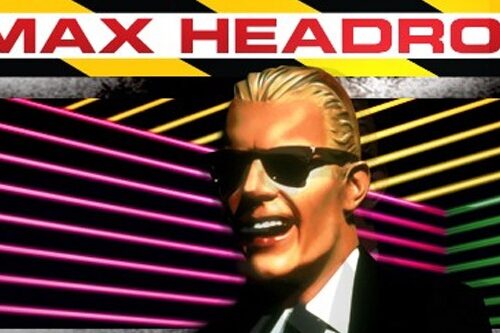
Few television characters were as strange or instantly recognizable as Max Headroom. Introduced as a “computer-generated” TV host with a stuttering, glitchy voice, he became a cultural phenomenon of the 1980s. Max later starred in a cyberpunk-inspired drama set in a dystopian world dominated by media corporations. Despite the creative vision, the show only lasted two seasons. Still, the character became an icon of the era, appearing in commercials, music videos, and talk shows. Max Headroom proved how quickly a quirky concept could capture the imagination, even if it could not survive long as a series.
18. Battle of the Network Stars (1976–1988)
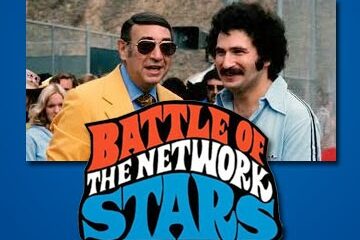
Back when only three big networks dominated American television, producers dreamed up Battle of the Network Stars. The concept was simple: television actors competed in athletic contests like tug-of-war, swimming, and obstacle courses. Hosted by Howard Cosell, the show mixed celebrity egos with playful rivalry. It might have been cheesy, but audiences loved watching stars outside their usual roles. The show ran off and on for years, becoming a nostalgic piece of television history. Its popularity showed that sometimes audiences simply want to see their favorite actors having fun rather than playing characters.
19. The Gong Show (1976–1978)

Before talent shows became mainstream, The Gong Show offered something truly chaotic. Contestants performed bizarre acts before a panel of celebrity judges who could “gong” them off the stage if they were bad enough. From strange dances to silly stunts, the show embraced weirdness and unpredictability. Host Chuck Barris leaned into the madness, making the series a mix of comedy and competition. While some critics dismissed it, audiences tuned in for the sheer fun. Though short-lived in its original form, it left a lasting influence on the wild spirit of later talent shows.
20. American Gladiators (1989–1996)

In the late 1980s, audiences discovered a love for over-the-top athletic competition through American Gladiators. Everyday contestants faced off against spandex-clad “gladiators” in giant obstacle courses and strength challenges. The spectacle combined sports, entertainment, and larger-than-life personalities. It became a cult favorite, running for seven years and inspiring international versions. While some dismissed it as goofy, fans loved the high-energy competitions and dramatic rivalries. American Gladiators proved that television audiences were eager for larger-than-life shows that blended athleticism with performance, paving the way for many reality competition series that followed in later decades.
21. Mystery Science Theater 3000 (1988–1999)

Sometimes the strangest concepts end up being the most beloved. Mystery Science Theater 3000 followed a man trapped in space forced to watch bad movies with his wisecracking robot companions. The trio mocked the films with constant commentary, turning bad cinema into comedy gold. Despite its low budget and quirky format, it grew into a cult favorite, lasting for over a decade. Fans loved the unique humor and it later spawned revivals. The show proved that even the weirdest television experiments can succeed if they connect with audiences in a fun and memorable way.
22. Iron Chef (1993–1999, Japan)

When Japanese television introduced Iron Chef, few expected it to become a worldwide phenomenon. Each episode featured a challenger battling one of the resident “Iron Chefs” in a timed cooking showdown built around a secret ingredient. The mix of theatrical presentation, intense commentary, and dazzling food made it irresistible to watch. It later inspired American versions and countless spin-offs. Iron Chef’s success showed that unusual television formats could cross cultural boundaries and win over audiences everywhere. It remains one of the most influential cooking shows of all time, remembered for its energy and dramatic flair.
23. Small Wonder (1985–1989)
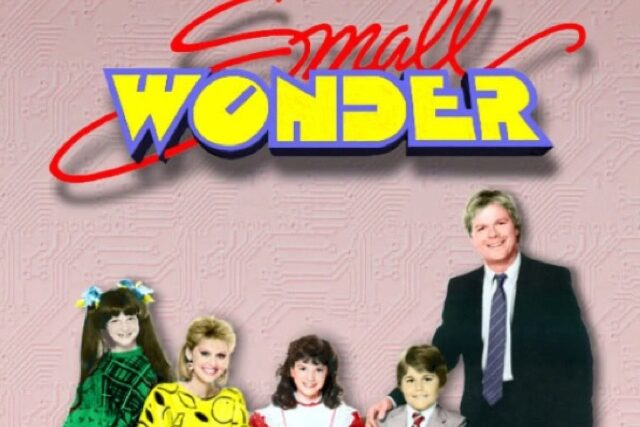
Sitcoms often rely on quirky family setups, but Small Wonder took it to another level. The show followed a robotics engineer who created Vicki, a robot daughter disguised as a real girl. Her stiff movements and mechanical voice became the series’ trademark. Despite wooden acting and a strange concept, the show ran for four seasons and became a cult curiosity. Many viewers watched simply because of its odd charm. While not considered high-quality television, Small Wonder is remembered for its unique place in sitcom history and for proving even odd ideas can last longer than expected.
24. Dinosaurs (1991–1994)
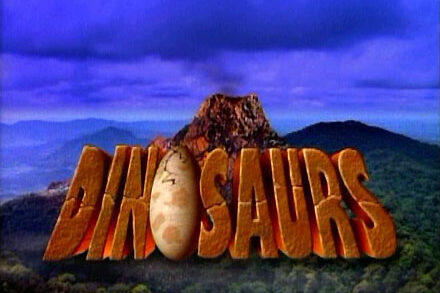
The early 1990s gave us Dinosaurs, a sitcom produced by Jim Henson’s company featuring full-body dinosaur puppets living suburban lives. The show cleverly satirized modern issues like consumerism and family roles while hiding under its prehistoric theme. It surprised many by lasting four seasons and building a loyal following. The most shocking moment came in the finale, when the series ended with the extinction of the dinosaurs, leaving a dark twist in an otherwise playful show. Dinosaurs stands out as one of the rare, strange concepts that found both critical praise and audience affection.
25. ALF (1986–1990)
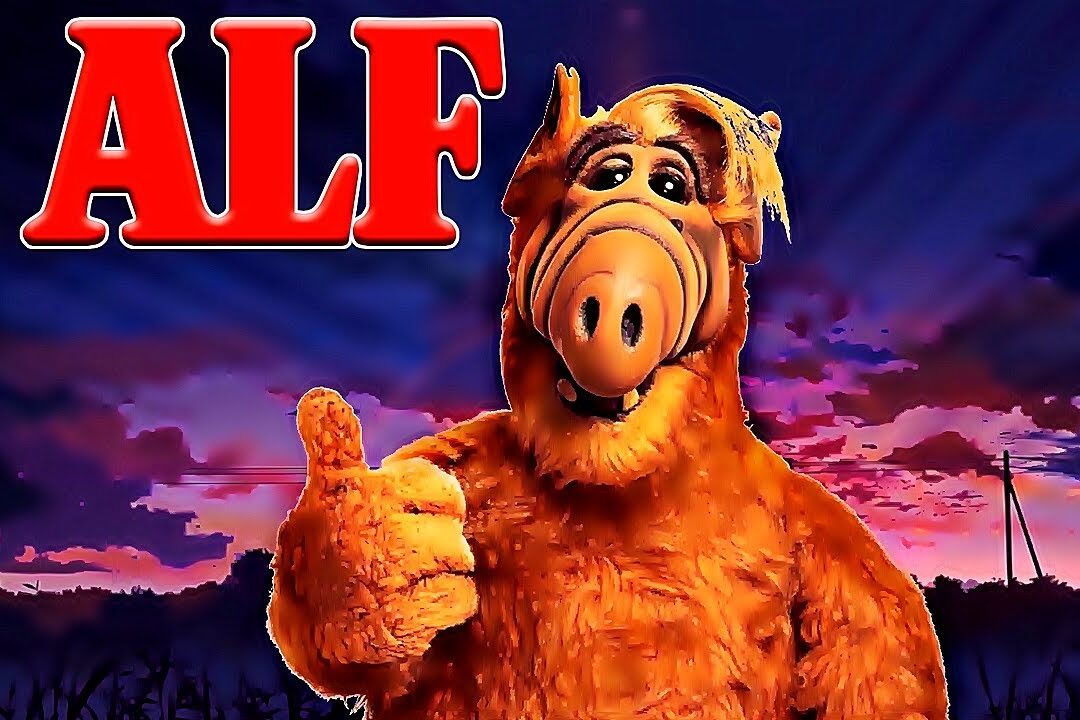
Of all the strange concepts that hit television, ALF may be the most memorable. The series followed a sarcastic alien from the planet Melmac who crash-landed in a suburban family’s garage. With his wisecracks, appetite for cats, and constant troublemaking, ALF became a household name. The puppet-based sitcom ran for four seasons and even inspired animated spinoffs. While unusual, it managed to capture a huge audience and remains an icon of 1980s television. ALF proved that sometimes the strangest ideas become cultural touchstones that people still remember with fondness decades later.
What these shows prove is that TV has always been willing to take big swings and sometimes swing wildly off-target. The flops remind us that hype and novelty cannot replace solid storytelling, while the unlikely successes show that if a weird idea connects with an audience, it can stick around for years. Whether they lasted one episode or a decade, each of these concepts had that spark of “you have to see this to believe it” and for better or worse, we tuned in.
This story 25 Craziest TV Concepts We Couldn’t Stop Watching (But Mostly Flopped) was first published on Daily FETCH


